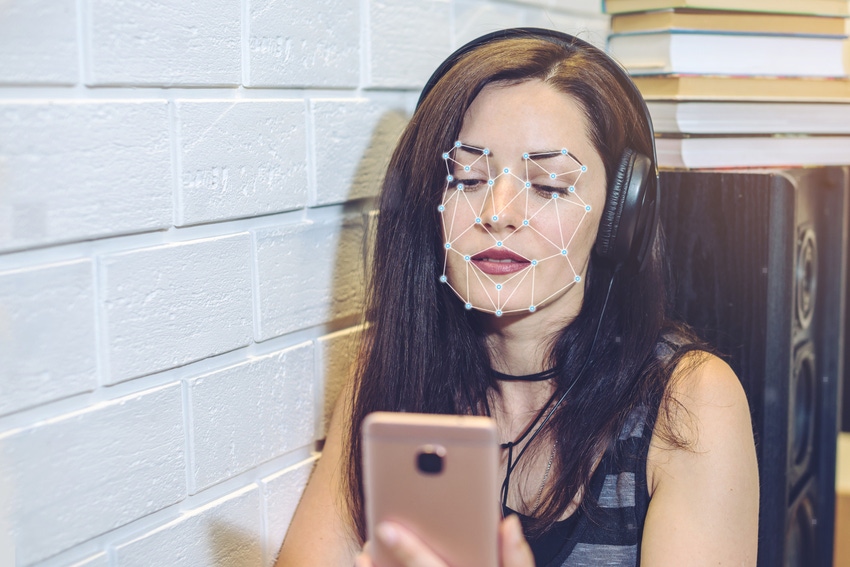Biometric payments to rock the world by 2024
Sceptics will turn their noses-up at the research, but as we increasingly drive towards a cashless society the trends are heading in the right direction.
December 3, 2019

Sceptics will turn their noses-up at the research, but as we increasingly drive towards a cashless society the trends are heading in the right direction.
According to findings from Juniper Research, biometric authentication will account for $228 billion worth of transactions by the end of 2019, before shooting upwards to $2.5 trillion by 2024. The biggest barrier to adoption, the presence of hardware on devices, will also be satisfied with the technology being embedded on 90% of smartphones by the same date.
“Biometrics has traditionally been used for in-person contactless payments,” said Juniper Analyst James Moar. “However, with an increase in the need for smooth authentication on all mCommerce channels, we anticipate over 60% of biometrically-verified payments will be made remotely by 2024.”
As it stands, biometric payments are a niche though in some markets, where mobile money is much more a standard, there is progress being made. There will of course be resistance to the introduction of new technologies, but eventually as more digital natives gain influence in society the concept of normal will be twisted and shifted.
Evidence for this is already present on devices today. According to Visa, 35% of smartphone users already use biometric authentication technologies as security for devices, primarily fingerprint or facial recognition, while some companies have also introduced vocal identifiers as passwords to access accounts. Banks and telcos have taken the lead here.
A decade ago it would have been deemed unthinkable for a user’s voice, fingerprint or face to be used as a password. Most would have assumed it was not secure enough, but then again contactless payments took criticism in the early years, and now look at how many people groan and moan when asked to input their PIN.
Interestingly enough, numerous studies have already indicated biometric authentication is more secure than traditional means. When you combine increased security alongside the convenience and speed of biometric authentication for payments, sceptics will start to pay attention.
There are niche trials focusing on biometric payments, Telia recently used biometrics in an ice-cream truck, though it does appear mainstream adoption of the technology might be here sooner rather than later.
About the Author(s)
You May Also Like








.png?width=300&auto=webp&quality=80&disable=upscale)


_1.jpg?width=300&auto=webp&quality=80&disable=upscale)


.png?width=800&auto=webp&quality=80&disable=upscale)